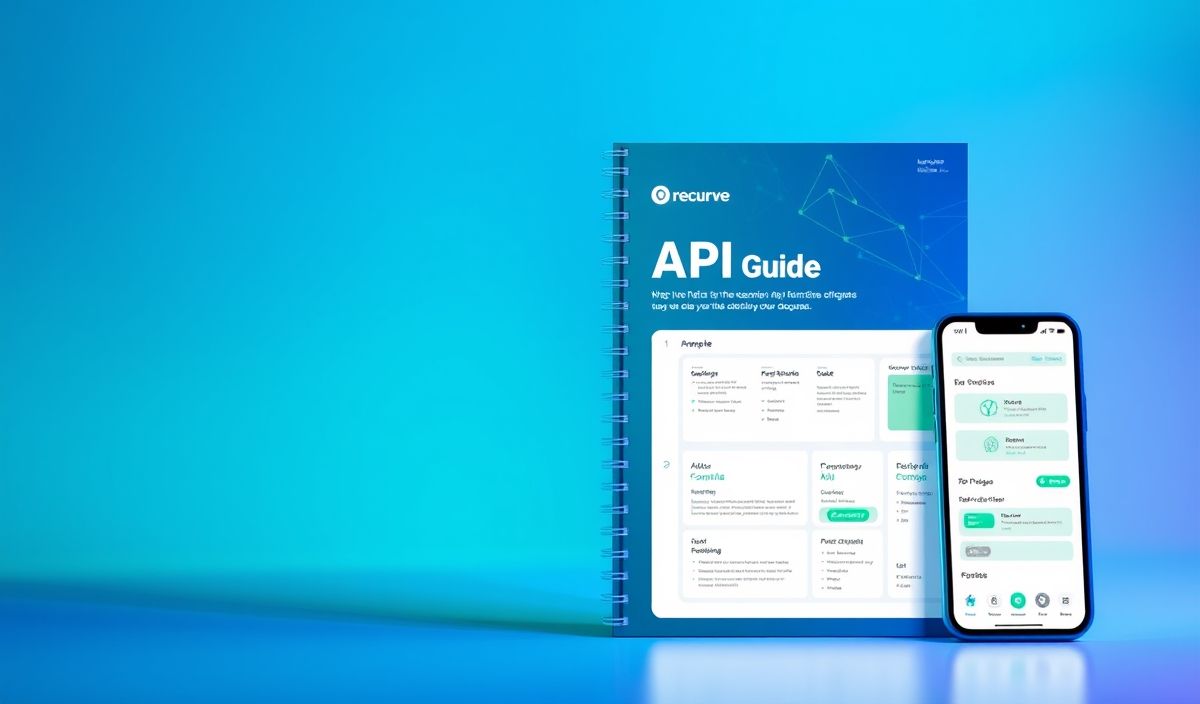Comprehensive Guide to Node SQLite3 for Efficient Database Management in Node.js
Node SQLite3 is a powerful module that allows you to work with SQLite databases in your Node.js applications. This module provides developers with an efficient way to handle SQL queries, manage database connections, and perform various operations on SQLite databases.
Why use Node SQLite3?
Node SQLite3 is a great choice for developers due to its simplicity and efficiency. It offers a robust API for interacting with SQLite databases that is well-suited for small to medium-sized applications. Additionally, SQLite is serverless, self-contained, and requires zero configuration, making it easy to integrate and deploy.
Getting Started with Node SQLite3
Installation
npm install sqlite3
Connecting to a Database
const sqlite3 = require('sqlite3').verbose();
const db = new sqlite3.Database(':memory:');
Creating Tables
db.serialize(() => {
db.run('CREATE TABLE user (id INT, name TEXT)');
});
Inserting Data
db.serialize(() => {
const stmt = db.prepare('INSERT INTO user VALUES (?, ?)');
stmt.run(1, 'John Doe');
stmt.run(2, 'Jane Smith');
stmt.finalize();
});
Querying Data
db.each('SELECT id, name FROM user', (err, row) => {
console.log(row.id + ': ' + row.name);
});
Updating Data
db.run('UPDATE user SET name = ? WHERE id = ?', ['Michael Johnson', 1], function(err) {
if (err) {
return console.error(err.message);
}
console.log(`Rows updated: ${this.changes}`);
});
Deleting Data
db.run('DELETE FROM user WHERE id = ?', 1, function(err) {
if (err) {
return console.error(err.message);
}
console.log(`Row(s) deleted: ${this.changes}`);
});
Handling Errors
db.get('SELECT * FROM non_existent_table', (err, row) => {
if (err) {
console.error(err.message);
} else {
console.log(row);
}
});
Complete App Example
Here is a simple example of a Node.js application using Node SQLite3 to manage user data:
const sqlite3 = require('sqlite3').verbose();
const db = new sqlite3.Database(':memory:');
db.serialize(() => {
db.run('CREATE TABLE user (id INT, name TEXT)');
const stmt = db.prepare('INSERT INTO user VALUES (?, ?)');
stmt.run(1, 'John Doe');
stmt.run(2, 'Jane Smith');
stmt.finalize();
db.each('SELECT id, name FROM user', (err, row) => {
console.log(row.id + ': ' + row.name);
});
});
db.close();
With this comprehensive guide, you now have the knowledge you need to start integrating Node SQLite3 into your Node.js applications. Its user-friendly API and efficient database management features make it a powerful choice for developers.
Hash: e1308ce8beecd011f671c1b71407f89fab9e167c779bdc2032cd5ead6d60382e




